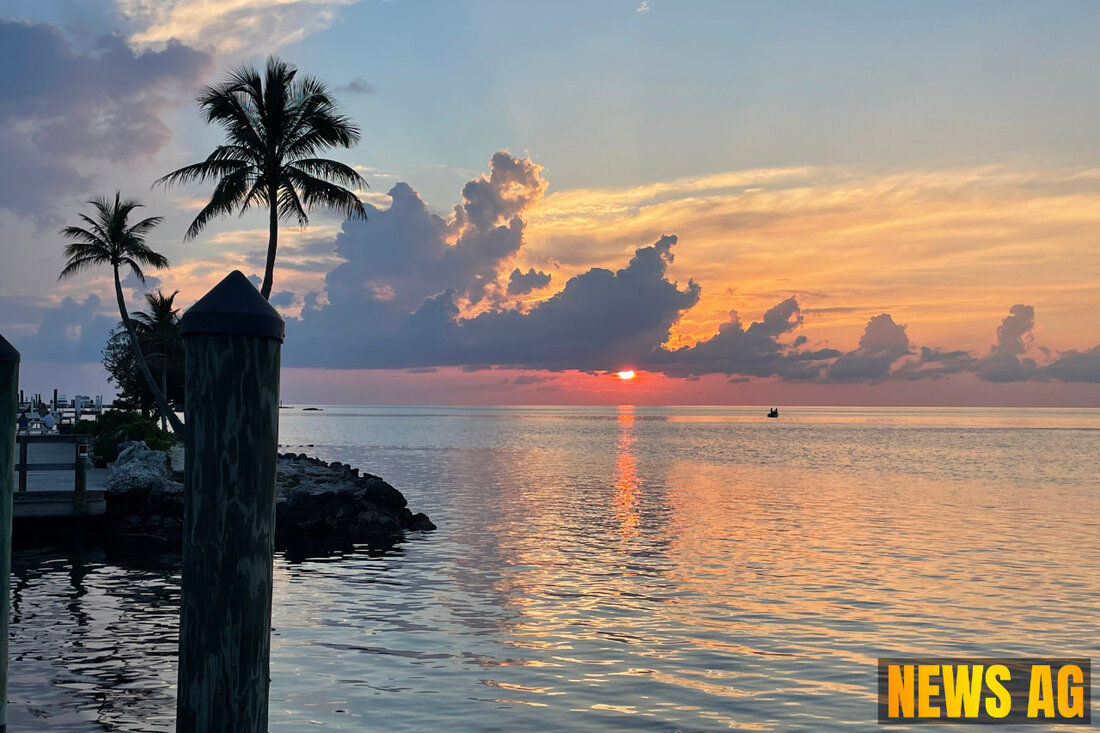Manatee County's Palma Sola Beach: A Bacterial Danger Revealed!
Palma Sola South in Manatee County faces bacterial safety concerns, prompting a new research initiative to investigate contamination sources.

Manatee County's Palma Sola Beach: A Bacterial Danger Revealed!
In a timely initiative for beachgoers in Florida, a new research project is set to tackle the rising concerns over dangerous bacteria levels at local beaches, particularly Palma Sola South in Manatee County. This area was labeled one of the most unsafe for swimming in the state during 2024, with a staggering 20 days of potentially dangerous bacteriological conditions. This troubling figure was reported by the Environment Florida Research & Policy Center, revealing that 58% of Florida’s beaches experienced at least one day of contamination that exceeded the EPA’s safety standards.
As the Sarasota Bay Estuary Program leads the new wave of research, they aim to pinpoint the sources of this alarming bacteria. Director David Tomasko explained that current indicators like enterococci and E. coli aren’t definitive in distinguishing whether contaminants come from humans or animals. This nuance underscores the complexities of beach safety and the need for thorough investigation.
Research Focus and Methodology
The research team will use advanced DNA-based tracking techniques at four sites, including Palma Sola Bay, during the summer. Tomasko emphasized that identifying a potential source, such as feral horses, does not necessarily prove that it’s the main culprit for the contamination. “There’s a fine balance between ensuring environmental safety and allowing community engagement activities like horseback riding,” he noted, highlighting a common dilemma faced by those who manage natural resources.
Interestingly, Tomasko also shared insights from Miami, where contamination was traced back to decomposing fruit, steering the investigation away from traditional suspects like sewage. This type of data-driven approach is crucial for informed decision-making regarding beach safety and environmental protection.
Understanding the Risks
Given the health implications from bacteria in the water, the Florida Department of Health actively monitors water quality at beaches. The agency routinely tests for fecal indicator bacteria, including enterococci, which can signal fecal pollution from stormwater runoff, pets, wildlife, or human sewage. When levels of enterococci exceed 70 colony forming units per 100 milliliters in two consecutive samples, an advisory is issued, alerting beachgoers to potential risks of disease and infection.
The Florida Department of Health adopts a straightforward categorization for water quality based on these tests:
- Good: 0-35 enterococci per 100 milliliters
- Moderate: 36-70 enterococci per 100 milliliters
- Poor: 71 or greater enterococci per 100 milliliters
The Importance of Ongoing Monitoring
This proactive stance on water quality via the Healthy Beaches Program, which began monitoring in 1998, reveals just how many Florida coastal counties are involved in keeping our shores safe for both residents and visitors. The program began with only five coastal counties and expanded to a remarkable 34 by 2000, demonstrating the state’s commitment to monitoring and improving beach conditions.
With recent changes in funding, the program now conducts bi-weekly sampling, maintaining a vigilant watch over our cherished coastal waters, though sampling in northern Florida is paused during the winter months. The ongoing efforts and advancements in monitoring protocols, led by initiatives from the Florida Healthy Beaches Program, ensure that the health of our beaches continues to be a priority in these warmer months.
As this new research initiative unfolds, it serves as a critical step toward ensuring safety on Florida’s beaches, promoting both community involvement and environmental stewardship. With the right data in hand, decisions can be made that will lead to safer swimming and a healthier ecosystem, allowing us to enjoy those sunny shores for years to come.

 Suche
Suche
 Mein Konto
Mein Konto